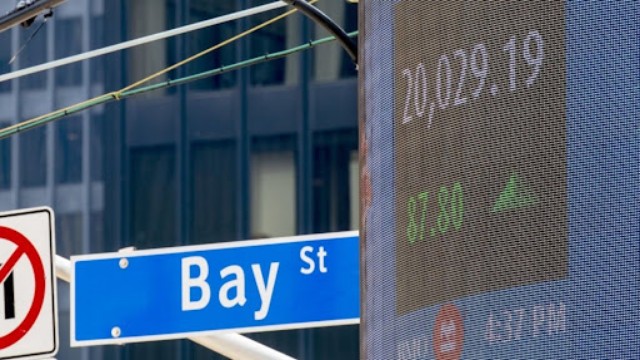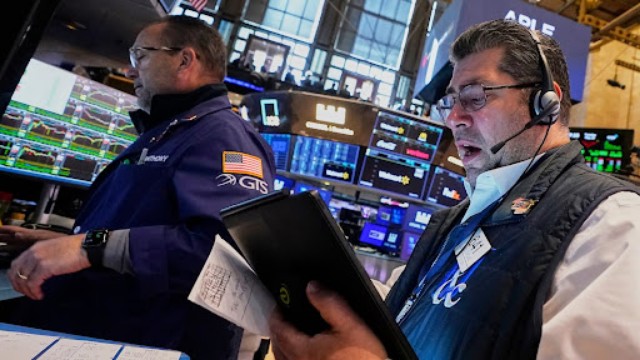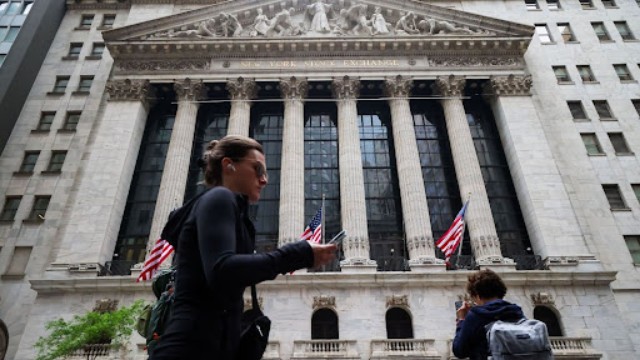
Treasury prices rise as investors consider the potential scale of Federal Reserve rate cuts
Treasuries surged, and the US dollar fell as new economic data left investors uncertain about the Federal Reserve's upcoming decision on interest rate cuts. The yield on two-year Treasuries, which is closely tied to changes in Fed policy, fell by five basis points, while the dollar lost 0.2%, marking its third consecutive day of decline. Europe's Stoxx 600 index gained 0.2%, and US futures indicated small gains.
The financial community remains divided on how aggressively the Fed will move to ease monetary policy. A recent report showed a slight uptick in the US producer price index (PPI) for August after the previous month’s numbers were revised downward. Simultaneously, a rise in applications for unemployment benefits has raised new concerns about the strength of the labour market, contributing to the ongoing debate over the Fed’s next steps.
At a forum in Singapore, former New York Fed President William Dudley expressed support for a more substantial rate cut, suggesting a half-point reduction next week. "I think there’s a strong case for 50," Dudley stated, reinforcing the growing sentiment that the Fed may take more aggressive measures.
Traders are now predicting a 33 basis point cut at the Fed’s meeting on September 18, up from previous expectations of 31 basis points on Thursday and 26 basis points on Wednesday. Currency strategist Carol Kong of the Commonwealth Bank of Australia noted, "While we expect a 25 basis point cut, the possibility of a 50 basis point reduction is keeping the dollar under pressure."
Recent inflation data has been pivotal in shaping market expectations. Thursday's PPI figures mirrored the earlier release of the Consumer Price Index (CPI), which showed a rise in underlying inflation for August. Despite this, policymakers have signalled that labour market weakness will likely be the primary driver of discussions in the coming months.
Chris Larkin of E*Trade from Morgan Stanley remarked, “With PPI largely confirming yesterday’s CPI and unemployment claims meeting expectations, the stage is set for the Fed to begin cutting rates. While the market expects an initial 25 basis-point cut, the focus will soon shift to how quickly and by how much the Fed plans to reduce rates over time.”
In Japan, stocks fell as the yen strengthened to 141 per dollar, raising concerns about the competitiveness of the export-heavy economy. A Bloomberg survey revealed that more than half of economists expect the Bank of Japan (BOJ) to hike rates in December, though none foresee any changes in the immediate future.
Oil prices in the US saw a slight increase, with West Texas Intermediate crude rising after a 2% surge the previous day. This boost came after storm Francine caused production disruptions in the Gulf of Mexico. Meanwhile, gold reached a new record high, partly driven by the weakening US dollar.















